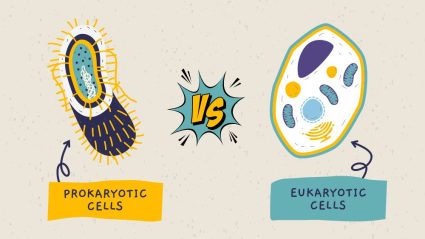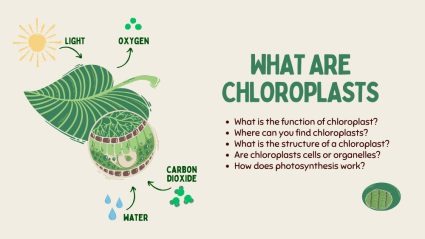Genotype vs Phenotype: Our Genes in Action
Genotype vs phenotype – Your genotype is the genetic blueprint that you inherit. Phenotype is the traits that show up in you.

Genotype vs phenotype – Your genotype is the genetic blueprint that you inherit. Phenotype is the traits that show up in you.

Atoms are the tiny building blocks of everything around us, from the air we breathe to the stars in the sky. Today we explore the atom.

Our eyes are one of the most complex body parts because it’s like our window to the world. Learn about 10 important parts of the eye.

DNA and RNA are both crucial to life, yet they serve different roles in our cells. We explore various differences between DNA vs RNA.

The evolution of the atomic model includes the Billiard Ball, Plum Pudding, Nuclear, Planetary, and Electron Cloud Models.

Laboratory apparatus are tools that enable scientists to conduct experiments, make measurements, and gather data in a controlled environment.

Eukaryotic cells are like complex apartments with rooms (organelles) enclosed by walls (membranes). Prokaryotic cells are like open studios.

Mitosis produces genetically identical cells for regular body functions. Meiosis creates genetically diverse cells for sexual reproduction.

Mitosis is like construction workers in your body. It builds new cells they need to make more of themselves for healing or growth.

Genetic diversity is like having a toolbox with lots of different tools. In living things, these tools are the variations in genes.

What are chloroplasts? You’ll learn about their function, location, structure, and the process of photosynthesis within chloroplasts.

Plants are composed of tissues, which are clusters of cells that work together to perform a function. Learn about plant tissue types & roles.

In biology, we categorize life by how similar organisms are with each other. Like a family tree, we find relationships by their classification of life.

We categorize life into 3 domains of life: eukarya, archaea and bacteria. Domains classify life in the most general way such as the presence of a nucleus.

The Cambrian explosion was the largest diversification of life in Earth’s history. Ocean life started as sparse and simple. Then, it remarkably diversified.